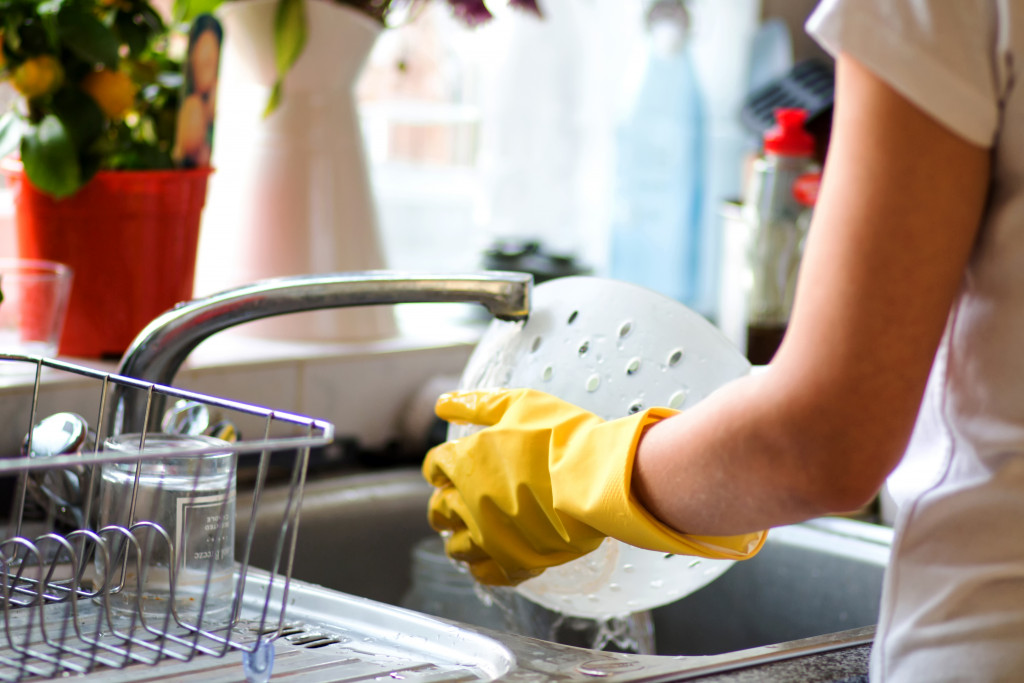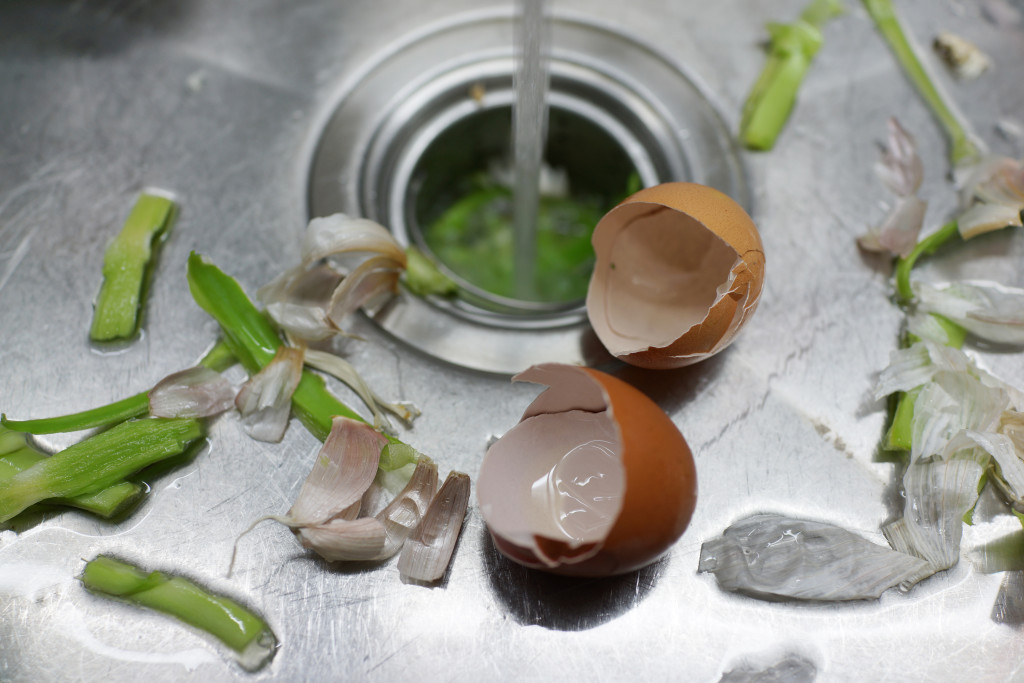Disclaimer: The Lifestyle Elf. This site provides fashion and lifestyle content for informational purposes only.
The kitchen is one area of the home that people expect to be scrubbed clean and spotless. After all, it is where food is made. There are myriads of health consequences if food is made in an unsafe environment. Your loved ones may suffer from all the unpleasant symptoms of food poisoning, including nausea and vomiting, stomach cramps, diarrhea, and fever.
In some cases, food poisoning may also lead to severe symptoms and life-threatening complications. People who had food poisoning may experience bloody diarrhea, a fever reaching a temperature of more than 102 degrees Fahrenheit, dehydration, brain and nerve damage, and kidney failure.
People know to clean their kitchen regularly to avoid food poisoning but, the question is, are they doing enough?
Your kitchen may not be as safe as you think it is.
Dirtier Than a Toilet Bowl
Over the years, researchers have discovered that a lot of things are dirtier than a toilet bowl. One previous study found that parts of an airplane, including water fountain buttons, air control buttons, cabin seatbelts, and the tray table harbored more germs than the toilet. Your smartphone and television remote are also teeming with bacteria and viruses. In the bathroom, researchers have discovered that the doorknob, faucet handles, and toothbrush holders are filthy.
Worse, different objects and surfaces of the kitchen are also filthy and unsafe.
The sink where you clean your cooking and dining tools is full of germs, many of which may cause diseases. If you think about it, this is not at all surprising. You wash your fruits and vegetables, raw meat, and used dishes on the sink.
Unfortunately, not everyone thinks that their sink needs frequent cleaning. A lot of people assume that, because it is constantly exposed to running water and soap, it is free from germs. After all, people have been taught that water and soap can effectively kill many types of bacteria and viruses, including SARS-CoV-2, which causes COVID-19.
But, in reality, the kitchen sink is very filthy. In fact, according to scientists, there is more fecal matter in the kitchen sink than in a toilet bowl after you flush it. Among the germs found in the kitchen include salmonella and E. coli.

A Good Scrubbing
The sink deserves extra attention when you are cleaning your kitchen. It is simple to do this.
First, you have to remove the chunks of food and other residues on the surface of the sink. You cannot disinfect your sink if there are still some pieces of food left on it. So take a clean sponge and, with a mix of dish soap and hot water, scrub the entire surface and every nook and cranny.
Next, take white vinegar or bleach and dilute it with water. Wipe the mixture on the entire surface of the sink to kill any germs that may have survived. Rinse with water afterward.
Do not forget the drain, too. The drain also needs cleaning because food gets trapped there, creating the perfect environment for microbes to thrive and spread. Once a month, pour bleach diluted with water into the drain. If it is clogged, call a plumber to remove the debris.
Other Areas That Need Sanitizing
The sink is only the second dirtiest spot in the kitchen. The sponge you use to scrub dirty dishes takes the title of “germiest” item in your entire house.
It is frequently wet and constantly moist. Moreover, morsels of food can get trapped in it. It is the perfect environment for microorganisms to survive.
Because it is used to clean plates, utensils, and even fruits and vegetables, the sponge creates several opportunities for viruses and bacteria to spread.
A random study found that 15 percent of all kitchen sponges have the presence of salmonella. Salmonella causes 1.35 million infections and 420 deaths across the United States every year.
The cutting board is a runner-up behind the sponge and kitchen. Experts joke that it is safer to prepare fresh salad or sandwiches on a toilet bowl than on a cutting board. Most people use the same cutting board for raw meats and produce. After using, they only rinse it with water.
There should be a separate cutting board for raw meats. It should also be scrubbed with a kitchen disinfectant immediately after use.
It is integral that every part of the kitchen is clean because, if it is not, you are exposing your loved ones to disease-causing germs. Pay attention to the items you use the most, and regularly sanitize them to avoid causing food poisoning.

